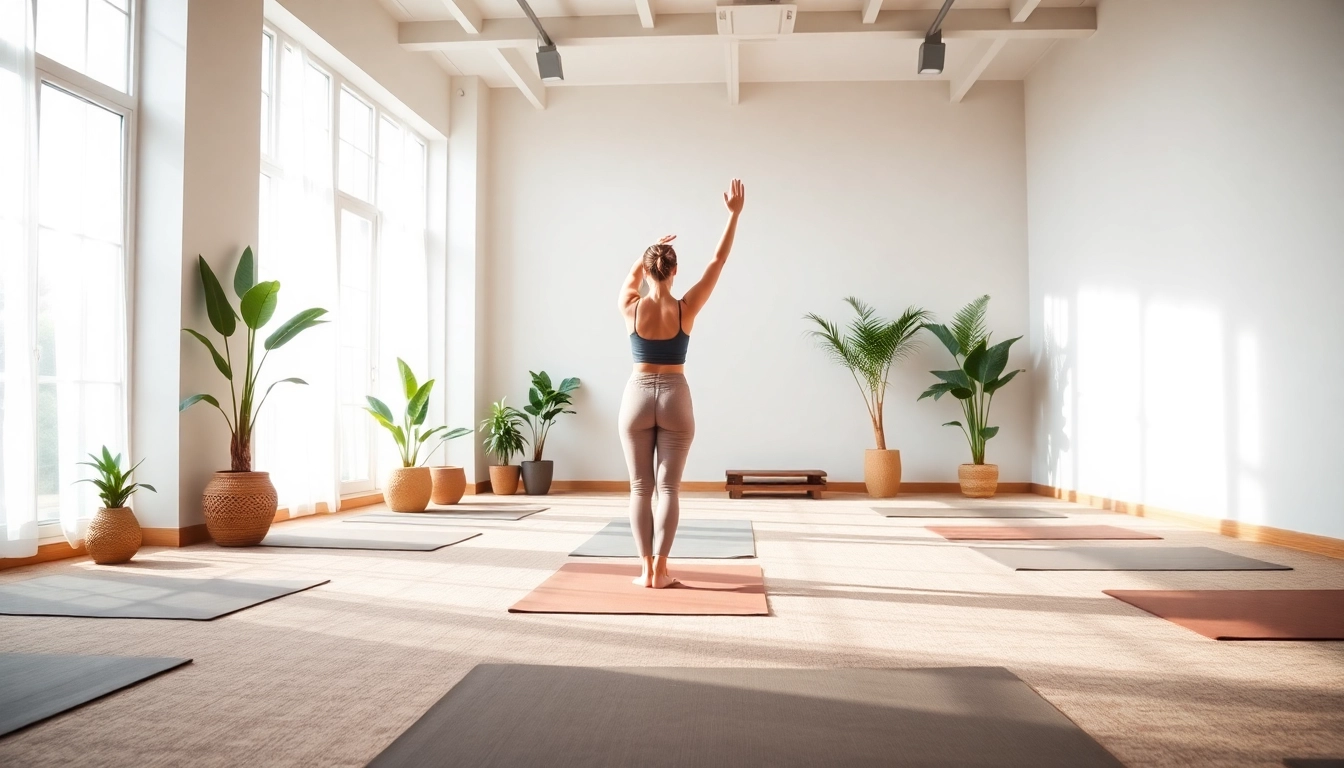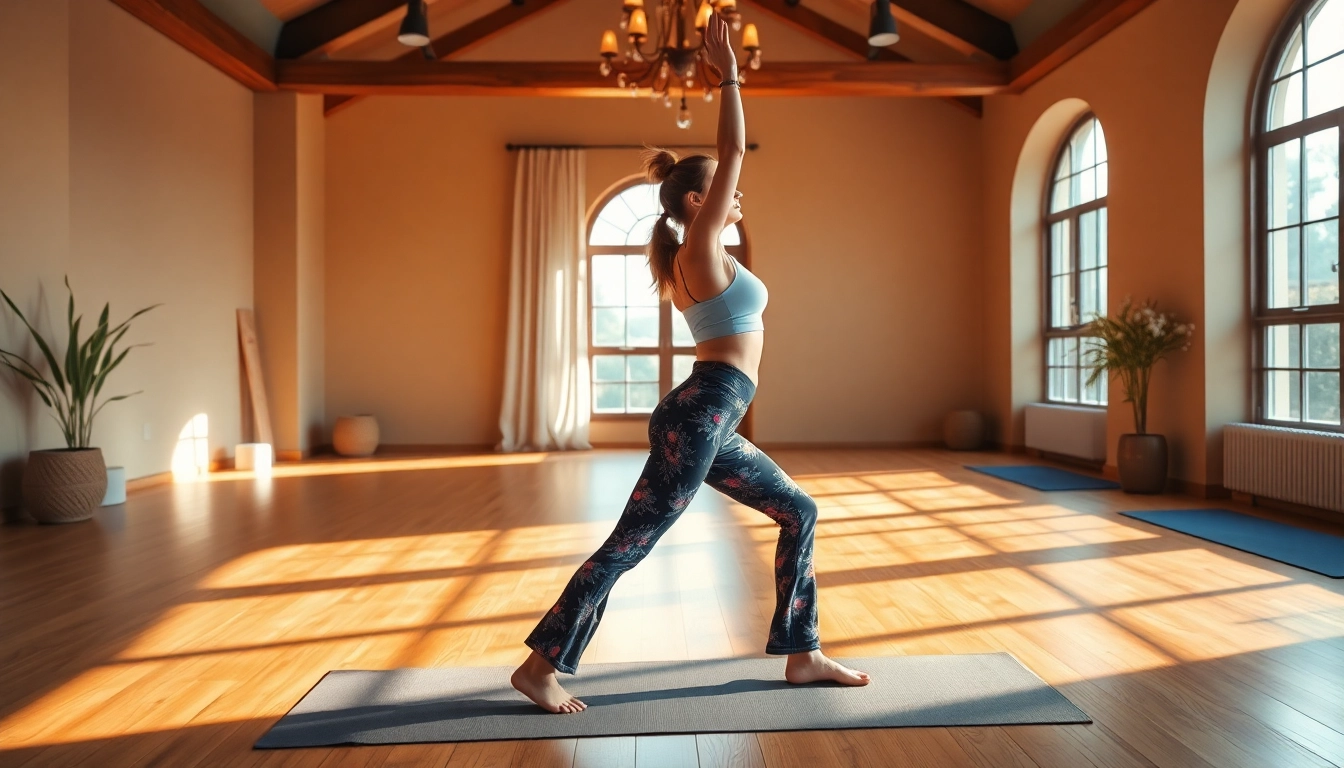Understanding Yoga Pants
What are Yoga Pants?
Yoga pants are form-fitting trousers designed to create comfort and flexibility for activities such as yoga, exercise, and general leisure. Originating from the athletic apparel industry, these garments have become synonymous with casual and fitness wear, offering the perfect blend of style, comfort, and functionality. Their versatile nature caters to a wide range of body types, making them appealing to many people who prioritize both fashion and practical wear.
History and Evolution of Yoga Pants
The rise of yoga pants can be traced back to the early movements of yoga in the West during the 1960s and 1970s. As yoga gained popularity, so did the need for specialized clothing. The introduction of spandex and other flexible materials allowed for the creation of yoga pants that could stretch and move with the body. Initially viewed as athletic wear, yoga pants transitioned into everyday fashion in the 1990s, thanks to celebrities and fashion influencers. Today, they have evolved to incorporate various styles, fabrics, and cuts, making them a staple in wardrobes worldwide.
Key Features of Quality Yoga Pants
When selecting yoga pants, certain features can significantly impact comfort and performance. Quality yoga pants typically include the following attributes:
- Breathability: Fabrics that allow moisture to escape, keeping the wearer cool.
- Stretch: A fabric that provides flexibility without losing shape.
- Support: Structures such as a thick waistband providing core support.
- Durability: High-quality stitching and materials ensure longevity, resisting wear and tear from repeated washes and workouts.
Choosing the Right Fabric
Cotton vs. Synthetic Materials
Choosing the right fabric for yoga pants depends on personal preferences and the type of activities they will be used for. Cotton is breathable and soft but can absorb moisture, leading to discomfort during intense workouts. Synthetic materials, such as polyester and nylon, are lightweight, moisture-wicking, and provide excellent stretch and recovery. These fabrics are generally favored for high-intensity activities, while cotton may be more suitable for casual use or light exercise.
Moisture-Wicking Properties Explained
Moisture-wicking properties refer to the ability of a fabric to pull moisture away from the body and disperse it over the fabric surface so that it can evaporate more quickly. This property is crucial for activewear, ensuring the wearer stays dry and comfortable. Fabrics engineered with moisture-wicking technology incorporate various fibers and weaves, significantly enhancing performance, especially during strenuous workouts.
Stretch and Flexibility Considerations
The stretch of a fabric is critical for yoga pants, as it allows freedom of movement essential for dynamic activities like yoga or aerobics. The most commonly used materials include a blend of spandex (or elastane) with synthetic fibers that can provide up to 20% stretch while maintaining shape. When selecting yoga pants, looking for those that return to their original shape after stretching is important, ensuring comfort and longevity.
Popular Styles of Yoga Pants
Leggings, Capris, and More: What’s Best for You?
Yoga pants come in various styles, each catering to different preferences and body types. The most popular styles include:
- Leggings: Full-length pants that provide complete coverage and support.
- Capris: Crop-style pants that end around the mid-calf, ideal for warmer climates.
- Flared Pants: Offering a more traditional look, these pants narrow at the waist and flare out below the knee, suitable for various activities outside yoga.
When selecting between these styles, consider the activities you plan to engage in and your personal comfort levels.
High-Waisted vs. Low-Rise: Making the Choice
Choosing between high-waisted and low-rise yoga pants depends on body shape and personal preference. High-waisted pants are often favored for their ability to provide additional support to the core and enhance body shape. They also prevent slipping during dynamic movements. Low-rise styles tend to be more comfortable for those who prefer less coverage and a more casual look. Consider trying on both styles to determine the most flattering fit for your body type.
Trends in Yoga Pants: What’s Here to Stay?
Fashion trends continuously evolve, influencing designs in yoga pants. Current trends include:
- Bold Patterns: From floral designs to geometric prints, vibrant prints add a fashionable touch.
- Mesh Inserts: Popular for added breathability and style, mesh paneling has become a favorite feature.
- Sustainable Materials: As eco-consciousness grows, many brands focus on producing yoga pants from recycled materials, making sustainability a lasting trend.
As these trends shift, choosing styles that resonate with your personal aesthetic while remaining functional is crucial.
Finding the Perfect Fit
How to Measure for Yoga Pants
Finding the perfect fit requires taking accurate measurements of your body. Key areas to measure include:
- Waist: Measure at the narrowest point.
- Hips: Measure around the fullest part of the hips.
- Inseam: Measure from the top of the inner thigh to the desired length.
Using a soft measuring tape will yield the best results. Ensure to wear form-fitting clothing or none at all for accuracy.
Common Sizing Issues and Solutions
Sizing for yoga pants can vary greatly between brands, which can lead to confusion. Some common issues include:
- Pants that slide down: This indicates they may be too large or lack sufficient support. Opt for a smaller size or more fitted models.
- Inconsistent compression: Look for styles labeled with specific compression levels to guarantee support in high-movement areas.
- Inadequate length: Many brands offer different lengths (regular, tall, short) to accommodate various heights.
Refer to size guides and reviews to help navigate which sizes may suit your needs better.
How to Test Fit and Comfort
Ensuring a good fit is critical for comfort and performance. When trying on yoga pants:
- Perform a few movements, such as squats or lunges, to test stretch and comfort.
- Check for any areas of tightness or excessive looseness.
- Ensure the waistband stays put and doesn’t dig into the skin.
Finding the right pants may take time, but attention to fitting will enhance your yoga experience.
Caring for Your Yoga Pants
Washing and Drying Tips
To maintain the integrity and quality of your yoga pants, follow these washing and drying best practices:
- Wash in cold water to prevent shrinking and fading.
- Use a gentle cycle and avoid harsh detergents.
- Air dry whenever possible, as high heat can damage elastic properties.
Storing Your Yoga Pants Properly
Proper storage ensures your yoga pants maintain their shape and elasticity. Consider these tips:
- Fold yoga pants neatly to reduce wrinkles.
- Store in a drawer or hanging in a closet to prevent stretching.
- Avoid hanging by the waistband, as this can distort the fit.
Repairing and Maintaining Quality
To prolong the life of your yoga pants, regular maintenance is key:
- Inspect for signs of wear, such as frayed seams or pilling, and repair promptly.
- Consider sewing minor holes or tears rather than discarding them.
- Rotate between several pairs to minimize wear on any single pair.



